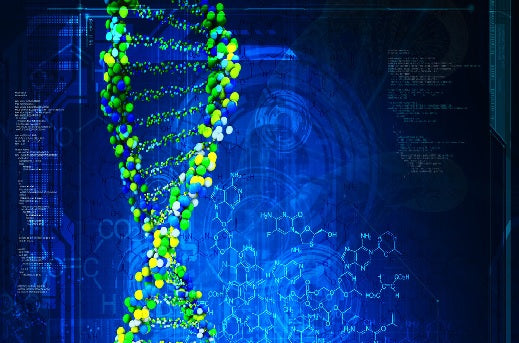Duftoase
The 10 most important scientists of 2013
The 10 most important scientists of 2013

Image source: http://bit.ly/1eOcMG4
Anyone who desperately asks themselves during the exam phase “Why am I doing this to myself?” If you're about to give up everything because cramming is so annoying, so time-consuming and just sucks after 8 hours of sitting in the library, you should read this article. The magazine “Nature” has chosen the 10 most important scientists of 2013 . Even if you don't exactly want to go into research, what the following academics have achieved is definitely motivating:
- Henry Snaith , a physicist from Oxford University in Great Britain, succeeded in increasing the efficiency of certain solar cells while keeping production costs low.
- Virologist Deborah Persaud of the Johns Hopkins Children's Center in Baltimore found evidence that HIV-infected babies can be cured with high doses of medication immediately after birth.
- The other virologist is chosen: Hualan Chen , head of the Chinese Reference Laboratory for Bird Flu in Harbin, was involved in containing a dangerous bird flu outbreak in 2013. At the beginning of 2013, people in Shanghai and neighboring provinces became infected with the H7N9 virus for the first time.
- In the USA, patents on human genes are no longer allowed to be granted. Thanks for this go, among others, to the scientist Tania Simoncelli . She helped take the US company Myraid Genetics to court, forcing a decision on the matter. The company held patents on two isolated breast cancer genes.
- Feng Zhang , a neuroscientist from the Massachusetts Institute of Technology in Cambridge (USA), further developed a process with which genetic material can be changed easily and inexpensively. Zhang wants to use it to repair defective genes and cure diseases such as Huntington's or schizophrenia.
- Shoukhrat Mitalipov , a cloning researcher at Oregon Health & Science University in Portland (USA), had developed a stem cell line from cloned human embryos. After publication, however, the study came under criticism due to errors.
- To date, 1,000 exoplanets have been discovered. Kepler 78b is the closest to Earth in density and size. However, it is most likely uninhabitable. Michel Mayor , an astrophysicist from the University of Geneva, predicted further technical improvements that would lead to the discovery in the next 5 years of a truly Earth-like planet with water and the possibility of life.
- After a meteorite hit Earth on February 15, 2013, Russian researcher Viktor Grokhovsky hunted for the remains of the object. He found the largest chunk at the bottom of a lake near the city of Chelyabinsk - the thing weighs 570 kilograms.
- Kathryn Clancy , anthropologist, revealed that many women in research are sexually harassed. In doing so, she shocked the research community and caused them to deal with a previously unknown or ignored problem.
- Filipino diplomat Naderev (Yeb) Saño touched participants with a tearful speech at the climate conference in November 2013 in Warsaw as he described the situation in his country after the devastating Typhoon Haiyan.
—
You might also be interested in:
Capital annual subscription : register with allmaxx , get a free annual subscription to Capital and use Staufenbiel's career service for free
Apple : for allmaxx members when purchasing an Apple product, a 10% student discount and an additional App Store gift card of up to €80
allmaxx vouchers : save up to 70% with our voucher portal, for example at zalando !
Share


